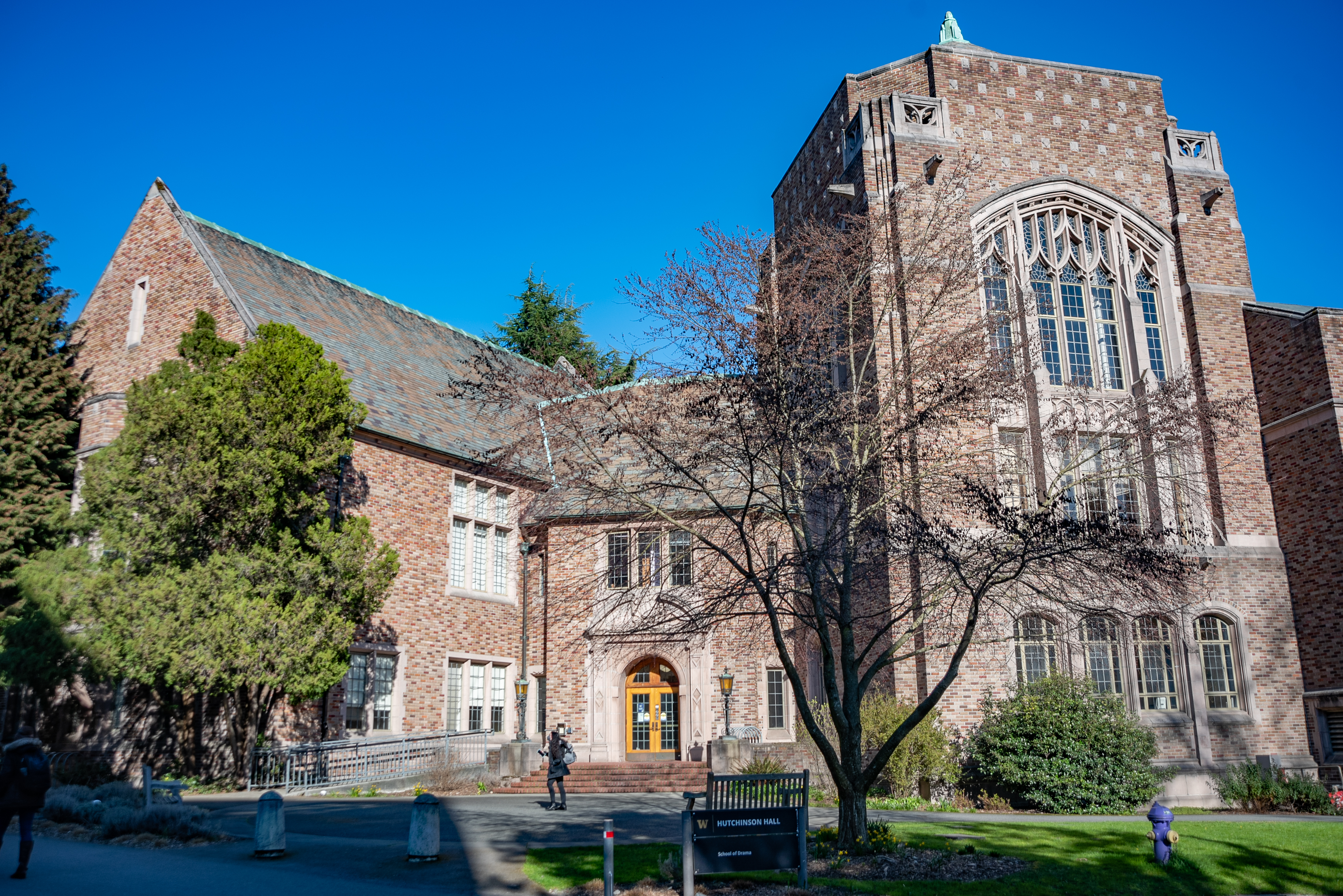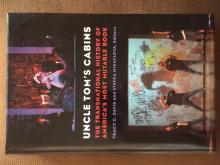As Harriet Beecher Stowe’s novel Uncle Tom’s Cabin traveled around the world, it was molded by the imaginations and needs of international audiences. For over 150 years it has been coopted for a dazzling array of causes far from what its author envisioned. This book tells thirteen variants of Uncle Tom’s journey, explicating the novel’s significance for Canadian abolitionists and the Liberian political elite that constituted the runaway characters’ landing points; nineteenth-century French theatregoers; liberal Cuban, Romanian, and Spanish intellectuals and social reformers; Dutch colonizers and Filipino nationalists in Southeast Asia; Eastern European Cold War communists; Muslim readers and spectators in the Middle East; Brazilian television audiences; and twentieth-century German holidaymakers. In all these places, Uncle Tom proved himself an appreciative guest. Speaking sometimes as secular humanists and sometimes as a dispossessed workers or folkloric heroes, characters from the novel informed their hosts about America as they wished to know it and showed them to themselves as they desired to be seen. Throughout these encounters, Stowe’s story of American slavery serves a paradigm for understanding oppression, selectively and strategically refracting the African American slave onto other iconic victims and freedom fighters. This book brings together performance historians, literary critics, and media theorists to demonstrate how the myriad cultural and political effects of Stowe’s enduring story has transformed it into a global metanarrative with national, regional, and local specificity.

